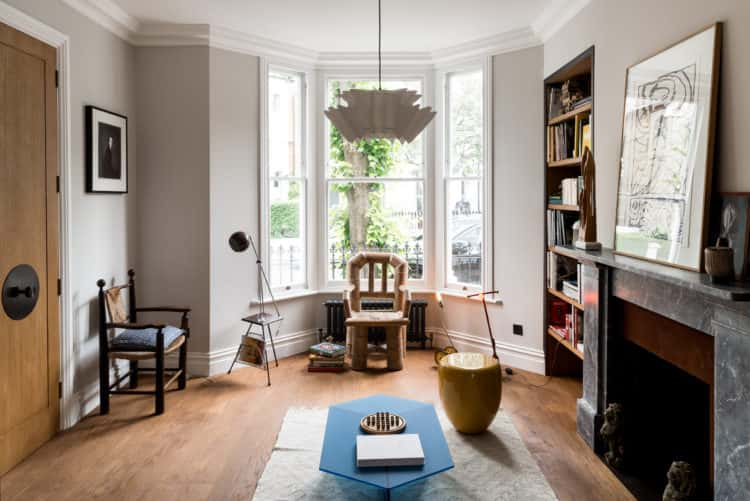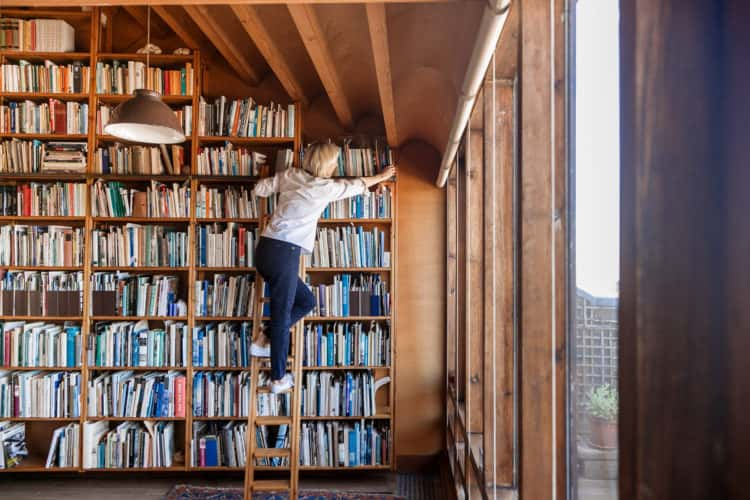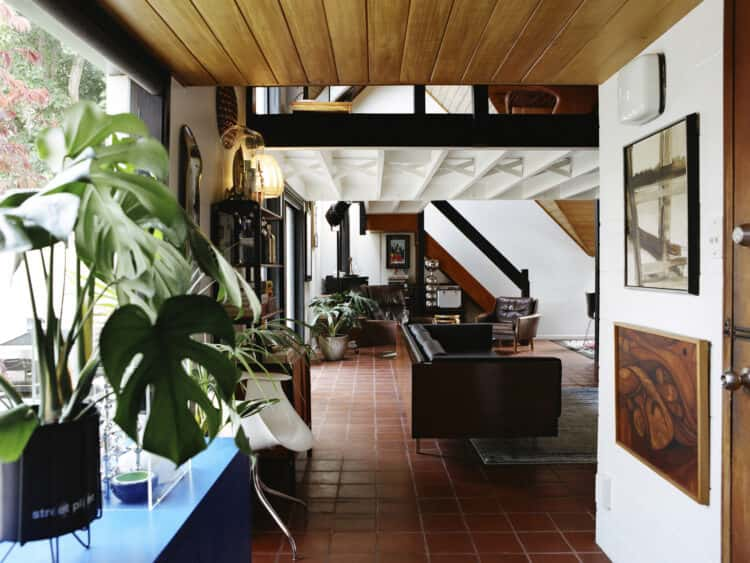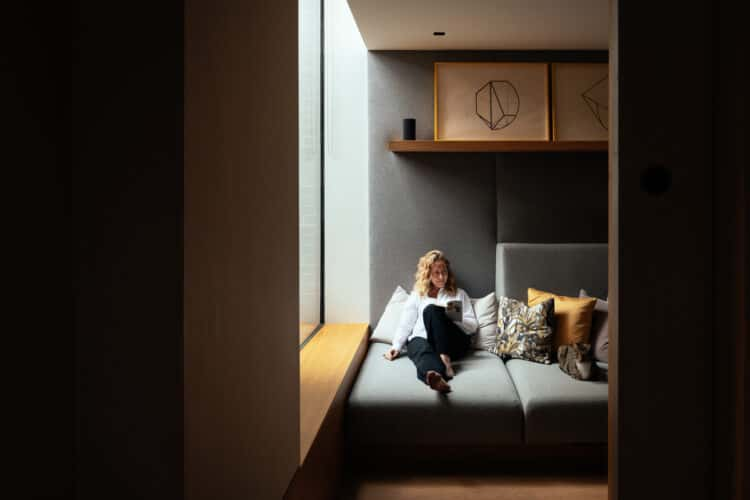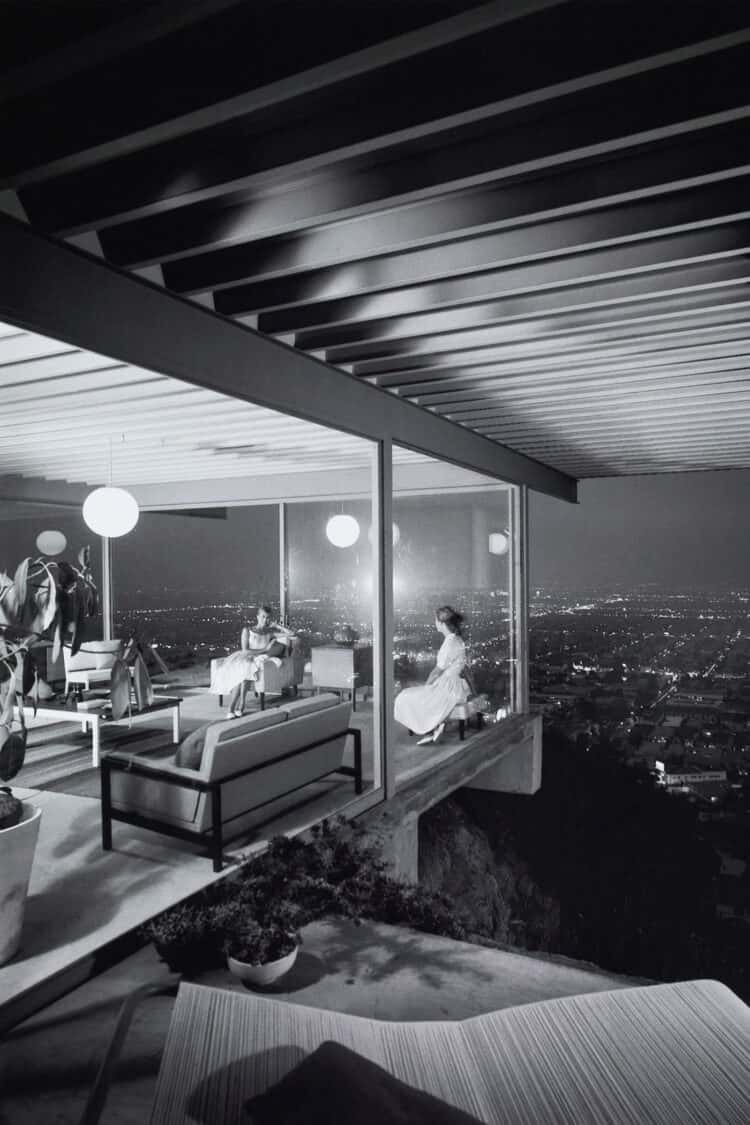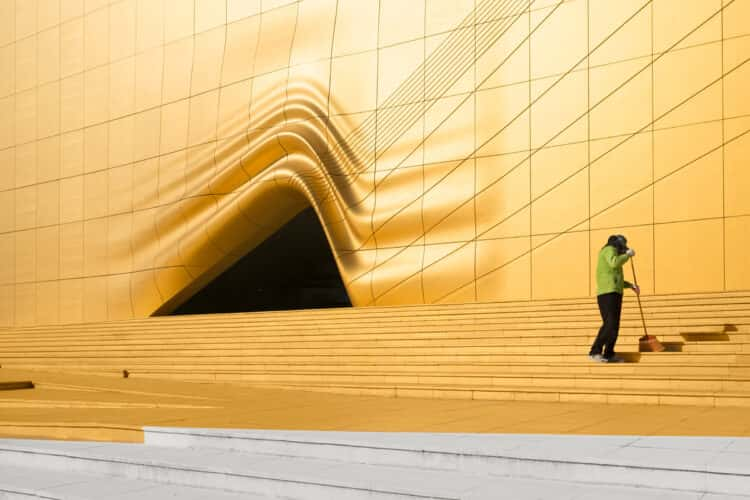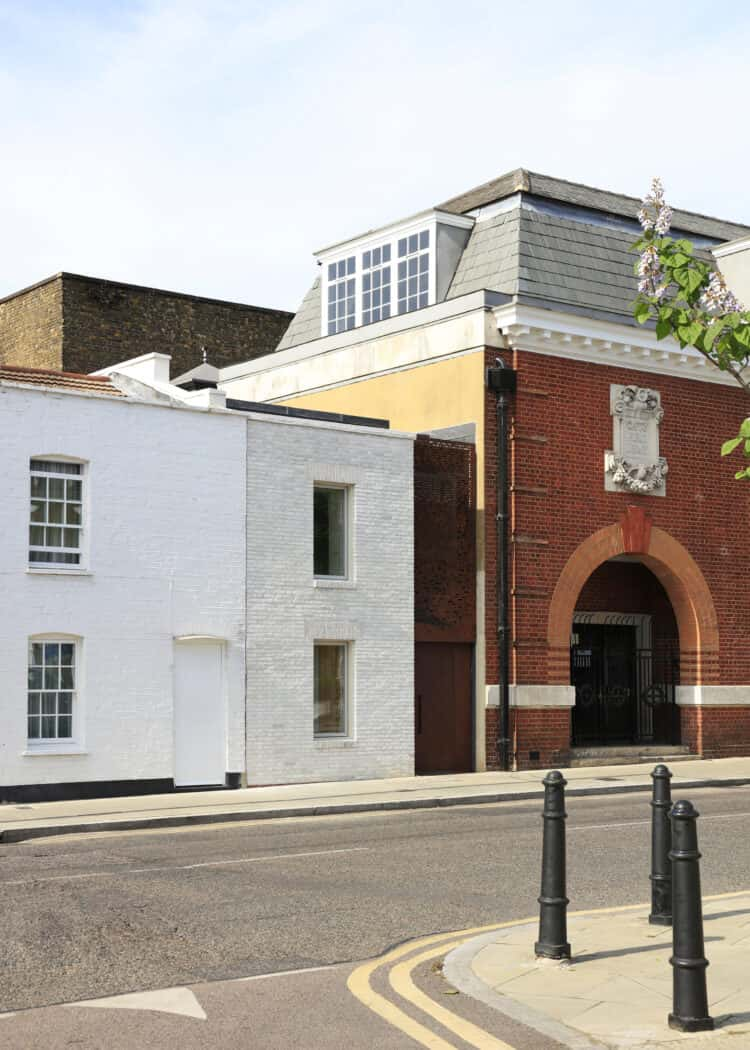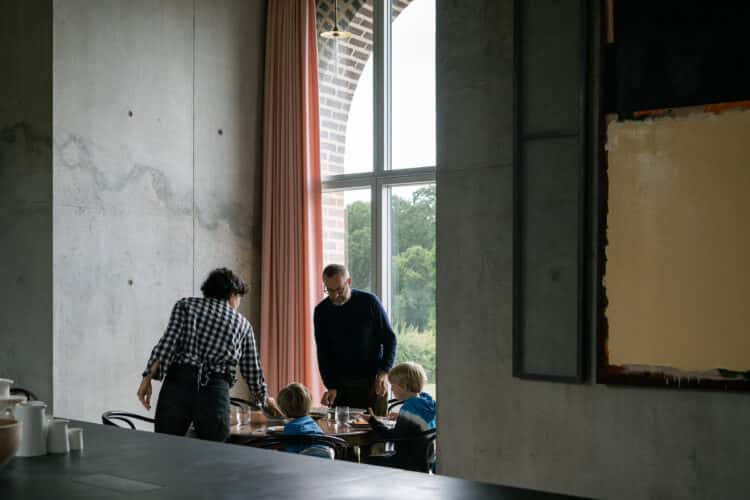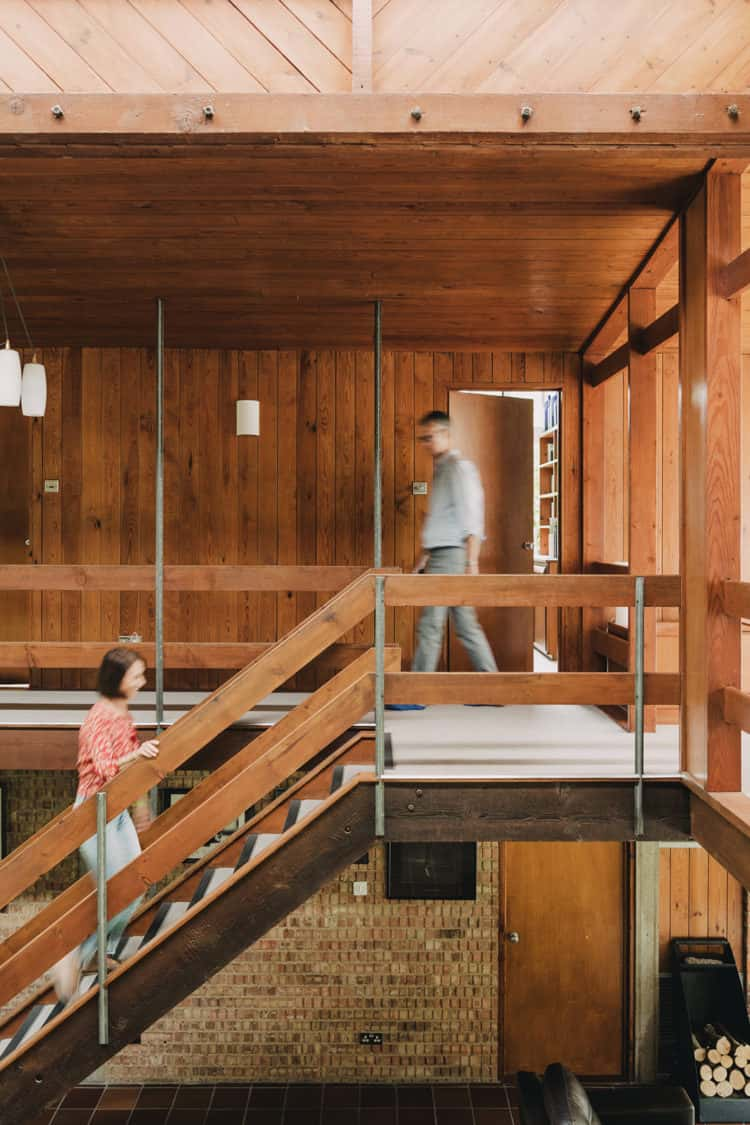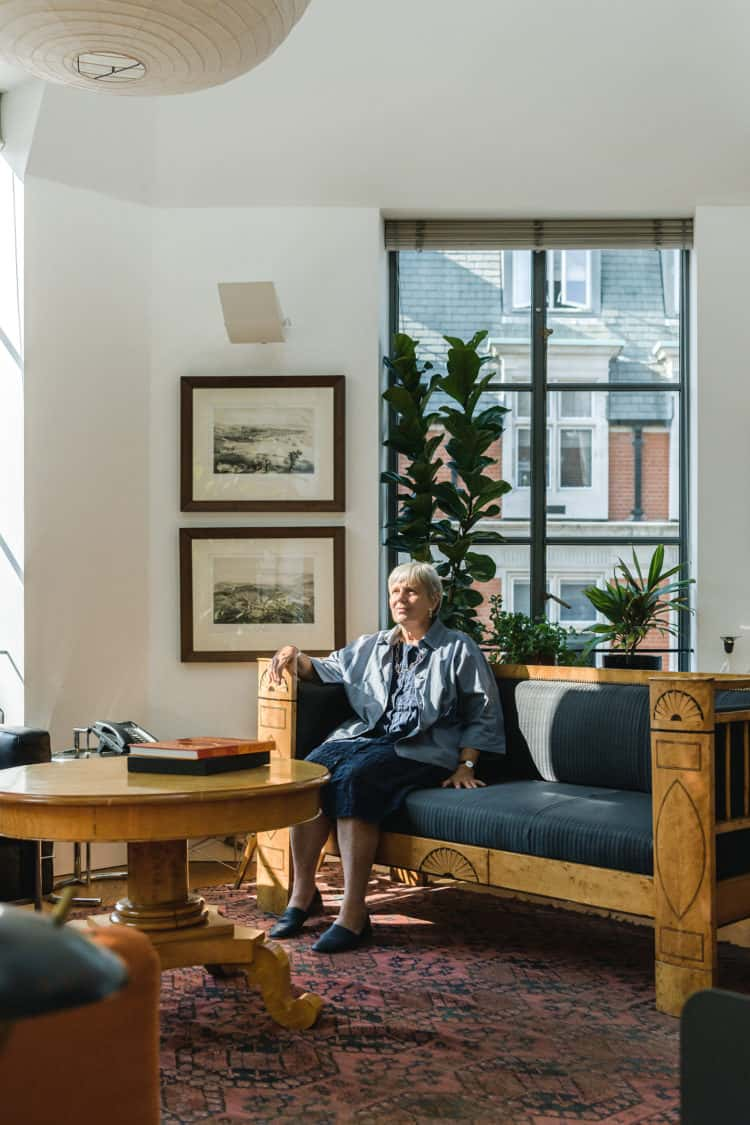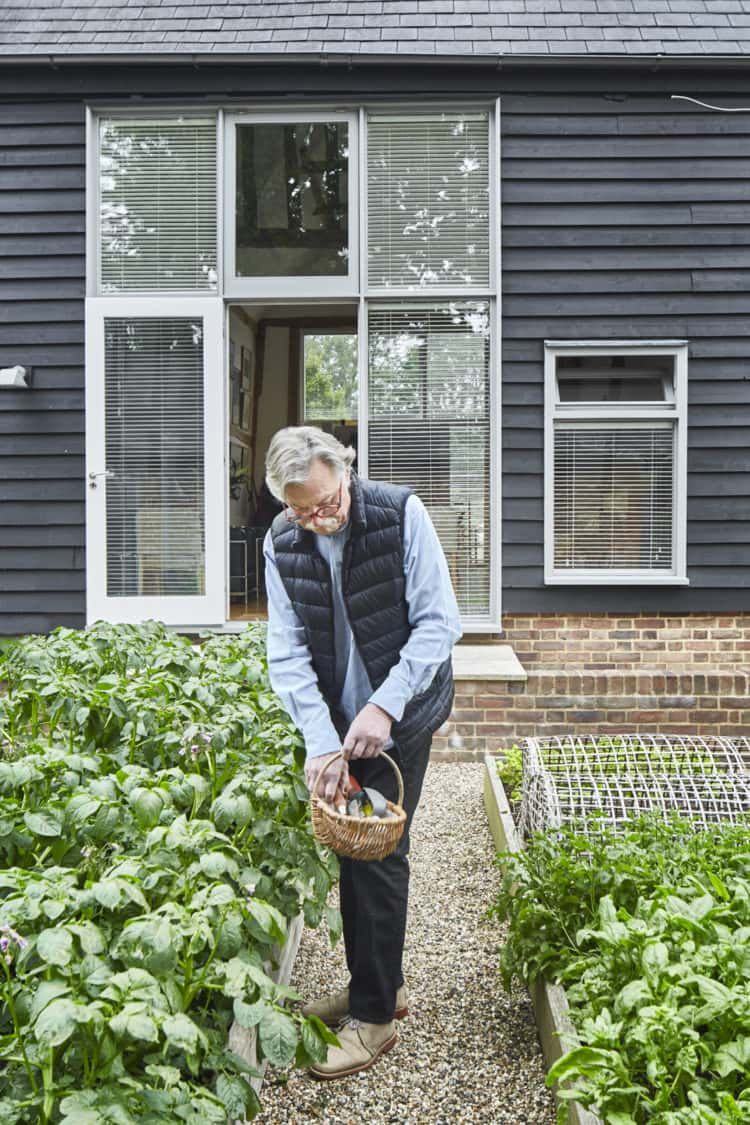My Modern House: interior architect Fiona Naylor on converting industrial buildings in Dungeness













“Gosh, my first impression of this place? I think it was pouring with rain, and I was probably completely overwhelmed. I couldn’t have imagined then that I would be converting industrial buildings in Dungeness ever since. Except for Derek Jarman’s garden, this place just wasn’t on anyone’s radar.
“My late partner, Magnum photographer Peter Marlow, and I had been to Montana, which they call ‘Big Sky Country’. There’s a similar feeling of scale here, and I love the relationship between the landscape, sea and sky; it’s magical.
“Peter came here to do a story on a lady in her nineties who had lived in one of the cottages all her life; I think she was the longest-living resident.
“He saw that the coastguard were packing up their stuff and moving out of the tower so, as a journalist, he naturally started asking questions. They were leaving, so we put in an offer, which wasn’t accepted for a year.
“We carried out a refurbishment and that initial feeling of being somewhere strange faded because Dungeness is a place that gets under your skin the more time you spend here. You have to get to know its personality and character, how the weather behaves and how the seasons change. That’s what creates an emotional attachment.
“When we finished doing the Coastguard Lookout, we set our eyes on the Experimental Station, named so because it’s where Trinity House tested things like photovoltaics, optics, paints, lenses and fog horns until around 1980. So it’s not a pretentious name!
“The guy we bought it off had used it to store hot air balloons. In fact, he saw what we had done with the tower and put in a planning application for a Miami-style beach house complete with ocean-liner handrails. It didn’t go down very well with the planners.
“Now, Experimental Station is where I spend most of my weekends as we rent out the tower. I love the contrast between here and London, the fact that you drive for two hours and are somewhere completely different. A place in the Cotswolds doesn’t appeal for that reason.
“When I’m here I read, cook, draw, paint, sit outside, run, cycle and always seem to be doing continual maintenance jobs. It’s about finding things that make you slow down. The strong prevailing winds make maintaining my garden a challenge, but an enjoyable and incredibly relaxing one.
“I get a lot of inspiration here too. If you’re a designer, you don’t stop thinking about ideas when you leave the office. I’m constantly scribbling things down, and a lot of the furniture my practice has produced was designed here; it continues to be a place of experimentation in that way.”
“Next came Fog Signal, which is an open, light-filled space designed for couples. The latest project we have completed is Pump Station. It was built by the Royal Engineers in World War II to pump diesel under the channel so the Allied forces could advance across Europe.
“I applied the same design philosophy to the Pump Station as I have to the other projects. We don’t use a massive amount of materials, only about four or five in the whole scheme, which makes the spaces more like canvases to place furniture and objects. Also, it’s about showcasing the landscape – you don’t want the interior to dominate.
“I like creating simple spaces that have strong moments, like the stone fireplaces. A lot of the time it’s quite extreme down here, so we wanted to create cosy envelopes with warm colour palettes and wood-burning stoves.
“Our current project is Decca Radar Station, which Decca built in 1961 to test new triangulated radar. They were supposed to demolish it when they left but it never happened. Because of that, we were allowed to start again from scratch.
“It will be the culmination of everything I have learnt designing spaces in Dungeness. Because it’s a holiday rental, clarity of design is so important. People want a simple, practical interface that’s easy to navigate.
“That’s what it’s all about: creating the ultimate sanctuary in a place of extremes. As the ultimate contrast to the environment, we’ve installed a sauna from which you can look out at the landscape from a large picture window. Just imagine that in winter!”
Fiona, how do you define modern living?
“Modern living is more fluid than ever. We have the privilege, more than we ever did in the past, to create the way we want all aspects of our lives to be. Sometimes that freedom is a pressure but the secret is finding the liberty and joy in it.”
If you were to move, what would be the first thing you’d take with you?
“My most prized possession is an old, handwritten Moleskine recipe book that has all the best recipes we have cooked for friends at Dungeness and the ones they have cooked for us. The names like ‘Mark’s Tarte Tatin’ or ‘Chris’s mackerel on toast with horseradish’ are a great reminder of lots of happy times and how lucky we are to have this place.”
Is there a home for sale on The Modern House website that has caught your eye?
“The Paxton Locher-designed studio caught my eye, not because I could live in it but because it’s all about volume, space and light – the fundamental basics of any wonderful and enjoyable interior.”
Read more: A Resident’s Guide to Dungeness and beyond
–
